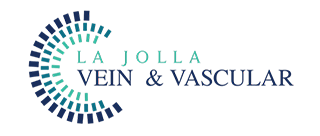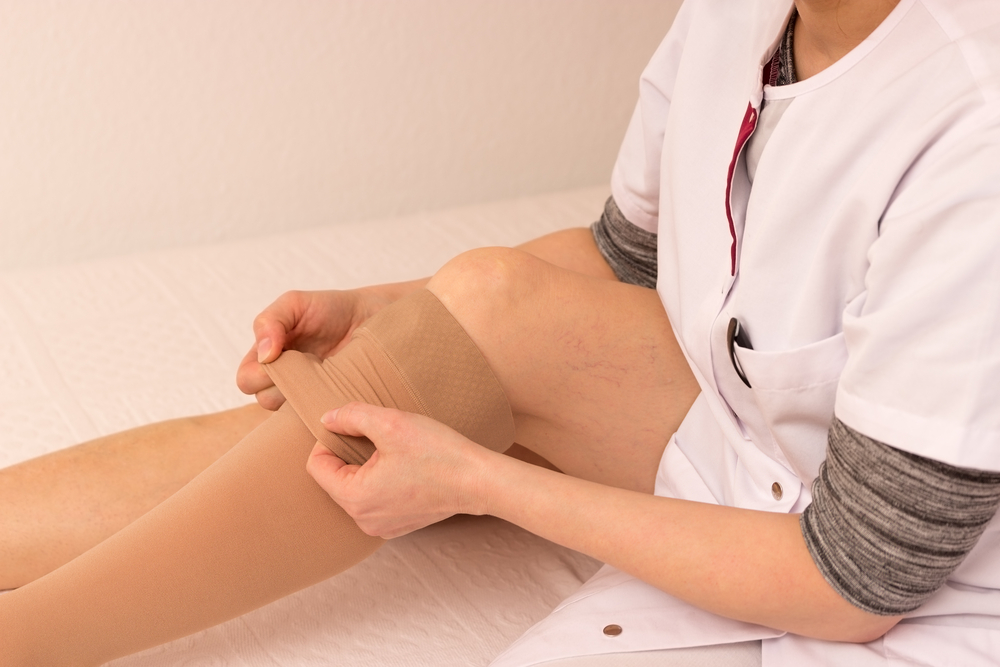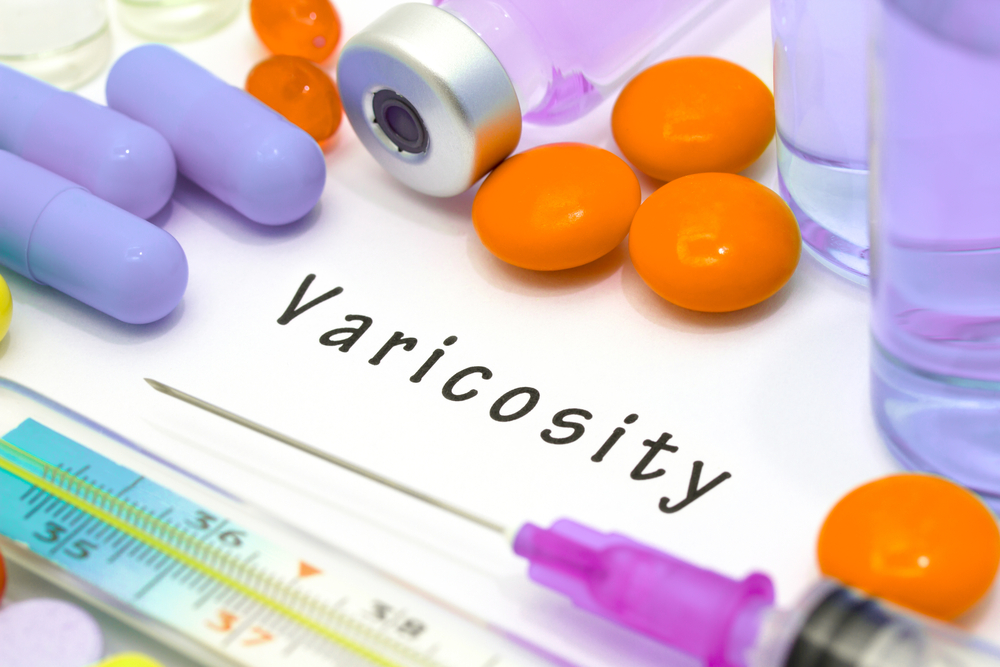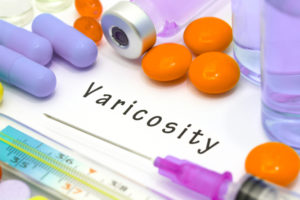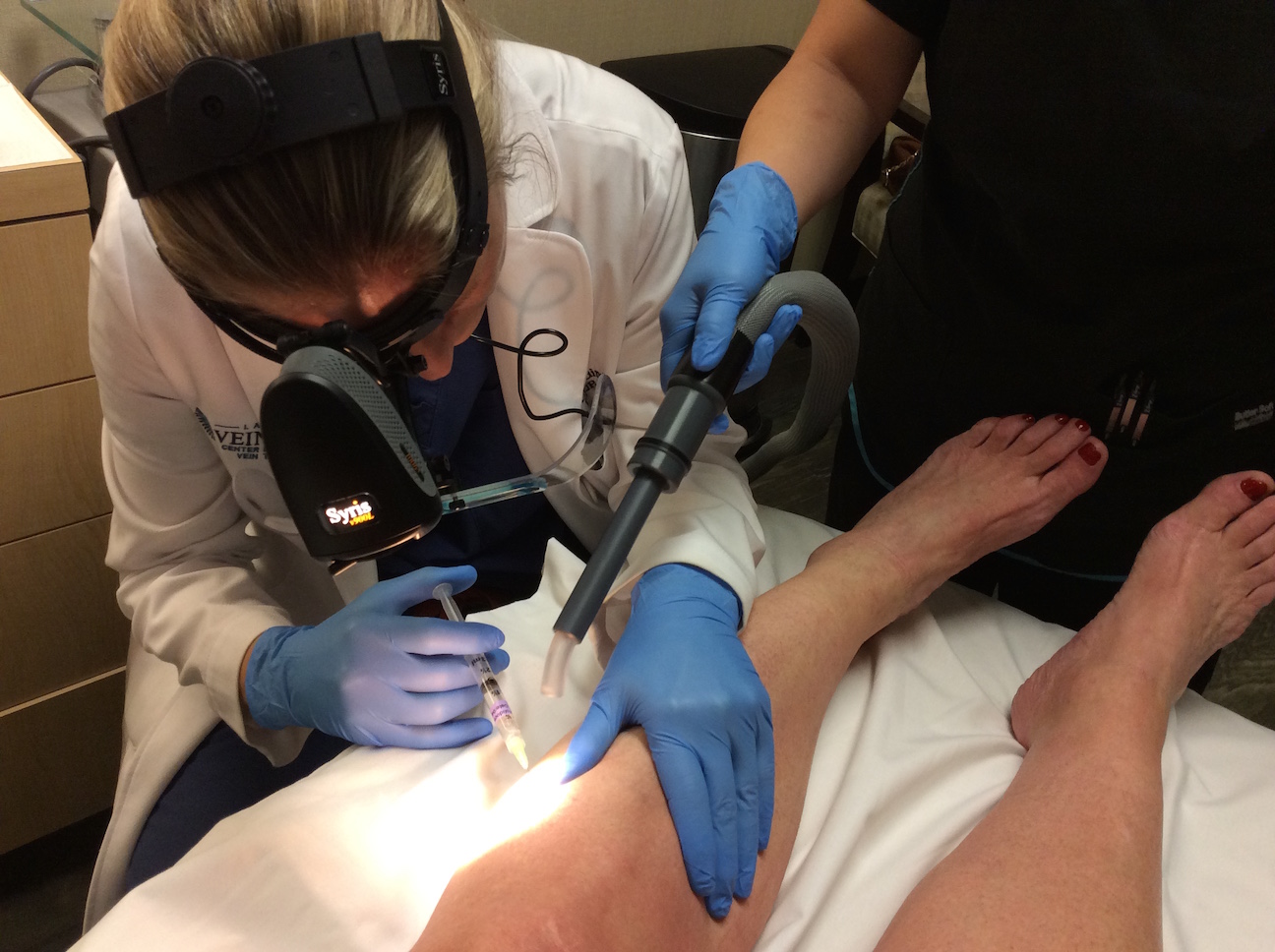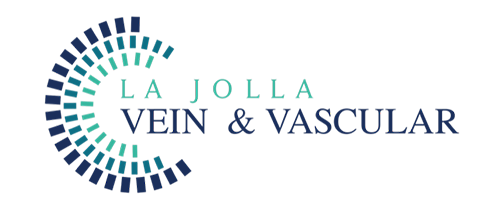Stocking Troubles? Tips, tricks and an easy guide
Nisha Bunke2020-12-19T03:56:06-08:00Stocking Troubles? Tips, tricks and an easy guide to living in harmony with compression stockings
Applying stockings with ease:
- Turn your stocking completely inside out
- Locate the smaller foot hole of the stocking and tuck the foot in until you reach the heel
- Place your thumbs on either side of the tucked in foot hole, with the […]
